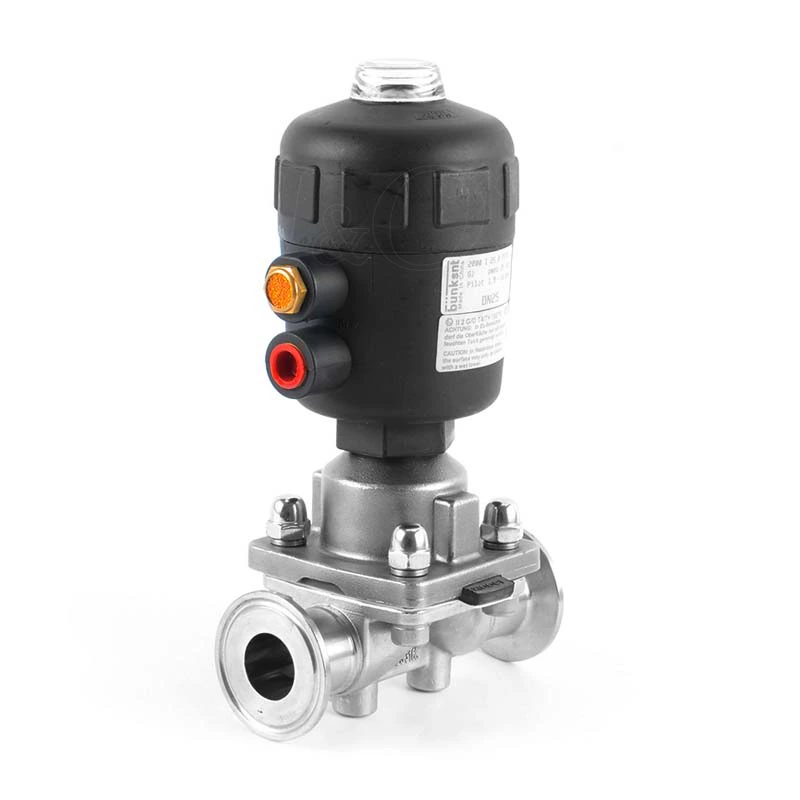What Are The Factors That Affect The Service Life Of Sanitary Diaphragm Valves?
Sanitary Diaphragm Valve is a stop valve that uses a diaphragm as a start and close member to close the flow channel, cut off the fluid, and separate the inner cavity of the valve body from the inner cavity of the valve cover. tri clamp diaphragm valve are often made of elastic, corrosion-resistant, and non-permeable materials such as rubber and plastic. So do you know what factors affect the service life of sanitary diaphragm valves?
The factors that affect the service life of 3 way sanitary diaphragm valve are introduced as follows:
1. Method to extend the service life of hygienic diaphragm valve by working at a large opening
Let the tank bottom diaphragm valve work at a large opening as much as possible from the beginning, such as 90%. In this way, cavitation, erosion and other damage occur on the head of the valve core. As the valve core is damaged, the flow increases, and the corresponding valve is closed a little more. In this way, it is continuously damaged and gradually closed, so that the entire valve core is fully utilized until the valve core root and sealing surface are damaged.
2. Method of increasing the working opening of sanitary diaphragm valve to improve service life
The tri clamp diaphragm valve increases the loss of the system except the 3 way sanitary diaphragm valve, which reduces the pressure drop allocated to the valve. In order to ensure the flow through the hygienic diaphragm valve, the opening of the tank bottom diaphragm valve must be increased. At the same time, the pressure drop on the valve is reduced, which also weakens cavitation and erosion.
